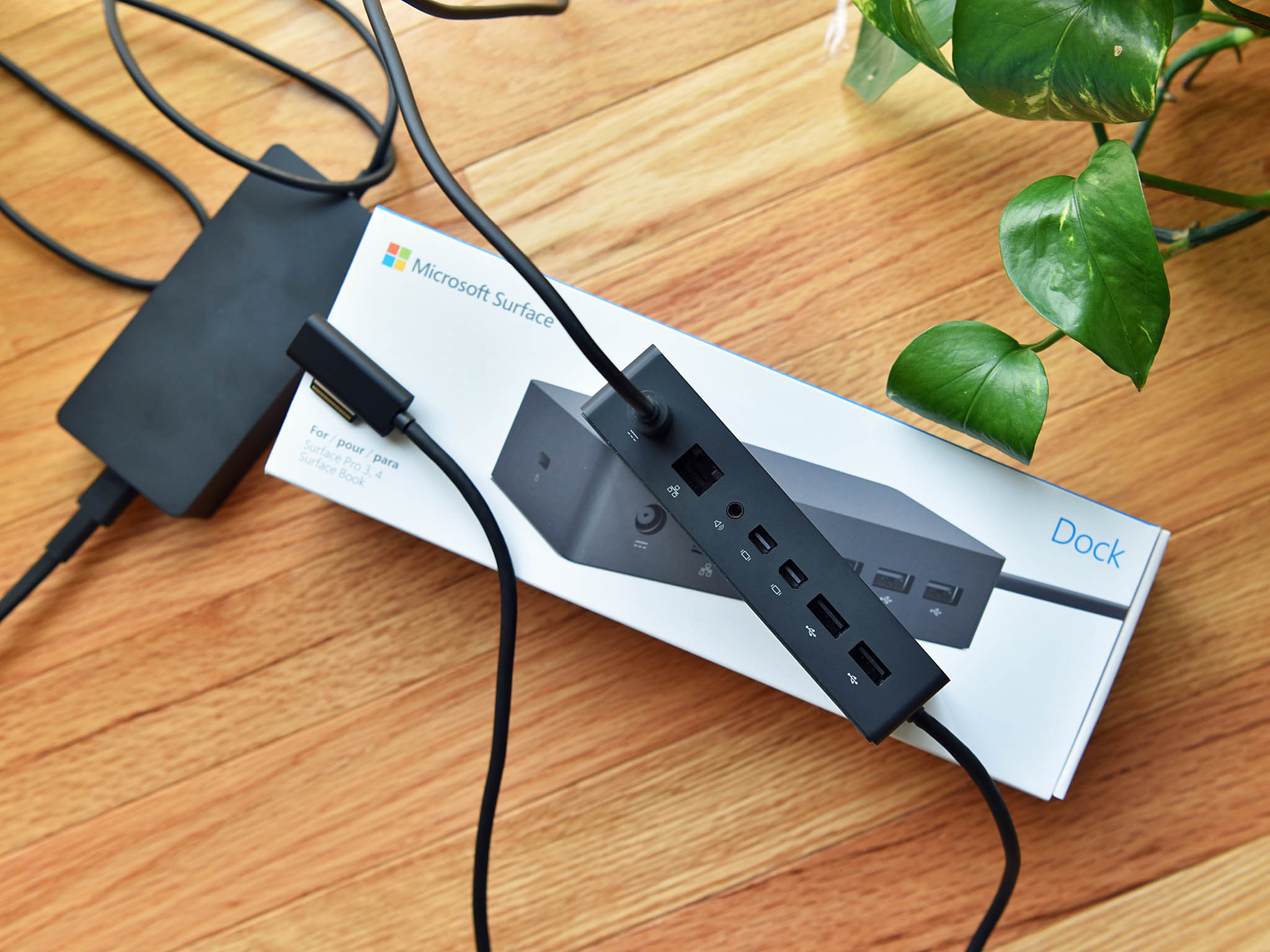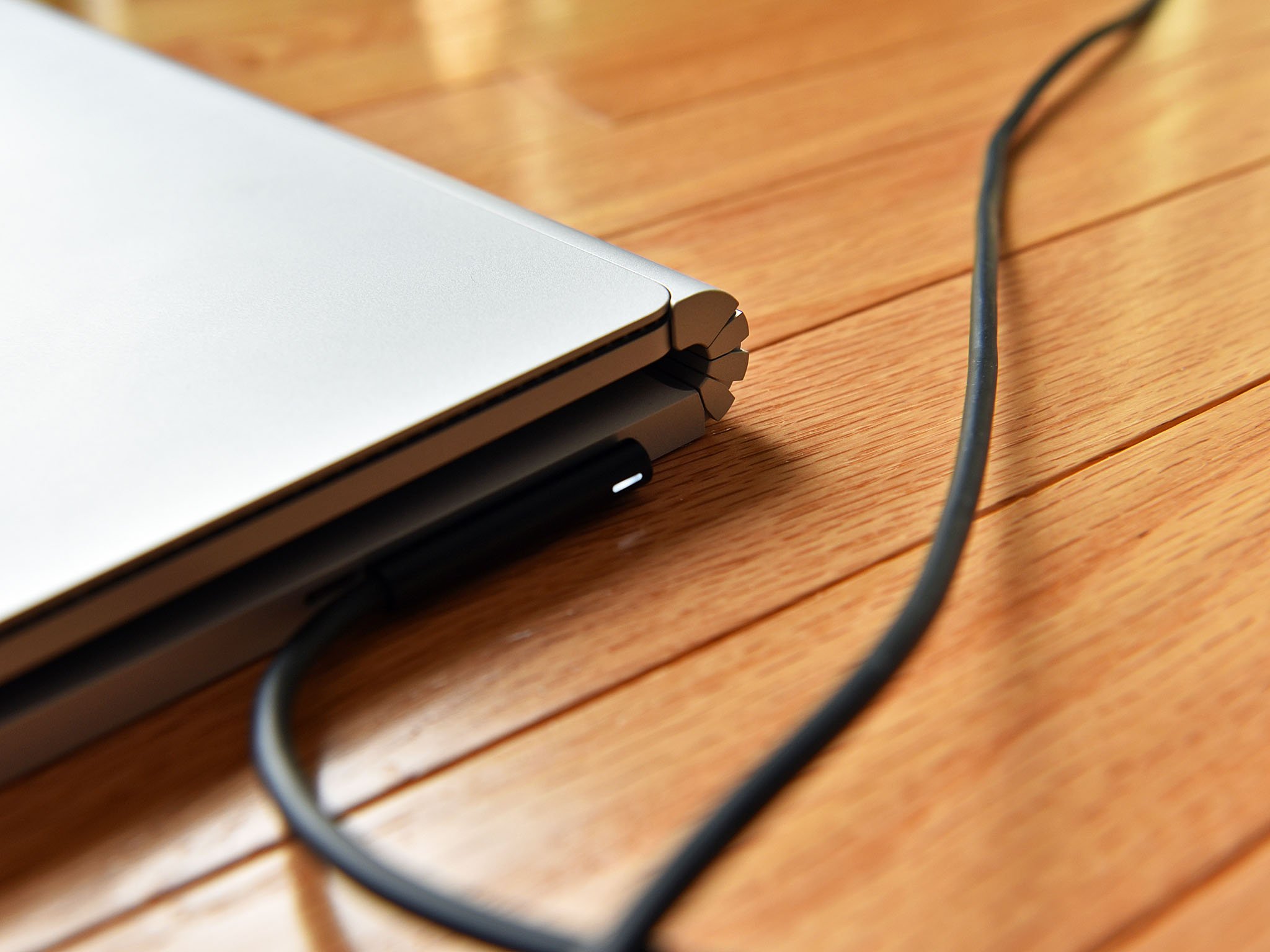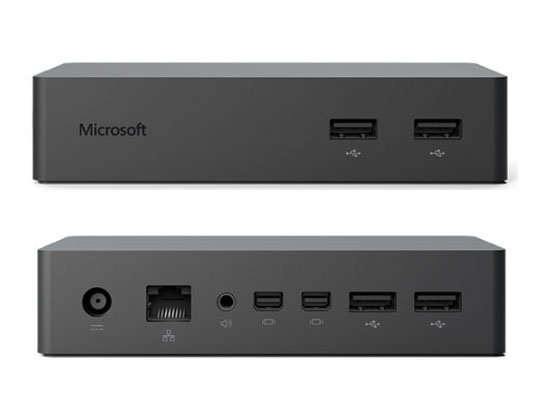Why Microsoft needs to release a new Surface Dock — now

The latest version of the Surface Dock was released more than two years ago. And though it gets the job done for most folks who want to use their Surface PCs to power a desktop workstation, or some extra ports, the Dock is lacking in a few key ways that are becoming more apparent thanks to powerful new Surface hardware, technological advancements, and price drops in 4K display technology.
From our forums: With the Surface Book 2 out, will Microsoft update the Surface dock?
I've been using a Surface Dock daily for the past six months or so, at first with my Surface Pro and now with a Surface Book 2. And while there's a lot to love — it's generally reliable, portable, simple to use and functional — it has a couple of glaring weakness, at least for a subset of advanced Surface users.
Here's a list of reasons why Microsoft needs to release a new Surface Dock, as well as some changes we'd like to see when it does.
Surface Dock may not keep Surface Book 2 charged

As noted, I've been using my 15-inch Surface Book 2 with the Surface Dock. And I haven't had any issues during everyday computing. However, the Surface Dock power supply provides only 90 watts (W), and that charge is distributed to the various gadgets you connect to it. The cord that comes with the Surface Book 2 delivers 102W. Even if you use the 102W cord with the Dock, you're not getting as much power as the Surface Book needs in certain situations.
Our Executive Editor Daniel Rubino recently explained why the Surface Dock is not well suited for use with the 15-inch Surface Book 2, despite the fact that Microsoft's Dock page says it supports that laptop and does not mention any potential power limitations.
All the latest news, reviews, and guides for Windows and Xbox diehards.
From Rubino:
[T]he Surface Dock is a few years old now and supplies less power to the Surface Book 2 partially because it allocates some of the power for the other ports (four USB Type-A, Ethernet, and two DisplayPorts) … In other words, having multiple devices and displays connected to the Surface Dock may reduce the overall power to the Surface Book 2, which is usually fine for everyday computing, but when in Best performance, may not be enough.
Surface Book 2 users who want the best possible experience may want to use it along with a monitor and various other devices. And they may want to enable the device's "Best performance" mode. But the Surface Dock could result in power drainage while the device is plugged in, which is unfortunate, at best, and possibly unacceptable for some users.
Microsoft's Surface Dock is now behind the times, in this regard, and it's not a good look for the company to only offer a Dock that cannot keep up with its highest-end laptop.
Surface Dock's (increasingly) poor port selection

The current Surface Dock has the following ports: two Mini DisplayPorts, one Gigabit Ethernet port, four USB 3.0 ports and one 3.5mm audio-out port. Two years ago, the port array in the Surface Dock was acceptable. Today, not so much.
Why? There is no HDMI. There's no USB-C. And as such, the Dock also doesn't support Thunderbolt 3. All of which are standards these days.
For most Surface users, none of these omissions are deal breakers. But with the release of the Surface Book 2, they start to look like exactly that — omissions — instead of simple design decisions. And as Microsoft updates and releases additional new Surfaces, this will only become more apparent and more unfortunate.
The new Surface Dock needs to have all of these ports, more than one of them in some instances, so that it's "future proof." And Microsoft needs to release it sooner than later, before this becomes an issue for more Surface owners.
What about 4K displays?
Microsoft says the Surface Dock has "two high-definition video ports." But the company is careful to avoid the term 4K. Why?
Though you can connect and use two 4K displays along with your PC via the Surface Dock, the experience is less than ideal. Current Surface devices — not just the Dock, but the PCs themselves — only support 30 frame-per-second (FPS) refresh rates for two displays at true 4K, or at least 3,840 x 2,160 pixels, according to Microsoft.That's not going to provide the experience most people who pay for two 4K displays, and who game or watch 4K content on them, expect, which would require a refresh rate of at least 60 FPS. (The latest Surface PCs can, however, power one 4K display at 60 FPS.)
What's that have to do with the Surface Dock? Right now, not much. But when Microsoft updates some, or all, of its Surface hardware to support true 4K on two or more displays, the Surface Dock needs to be able to keep up.
To sum that all up …

For most Surface users today, the Surface Dock is a suitable, though not perfect, docking solution. To be fair, the current Dock works well for the most part. It's portable and reliable. And it's very easy to set up and use.
But that's not enough. It was released two years ago, and in the tech world, that's a lifetime. It's also quite clunky and doesn't really fit the Surface aesthetic. But those a minor complaints.
The bottom line is that it's time for Microsoft to release an updated version of the Surface Dock, so all the potential problems described in this post become nonissues instead of genuine gripes.

Al Sacco is the Former Content Director of Future PLC's Mobile Technology Vertical, which included AndroidCentral.com, iMore.com and WindowsCentral.com. He is a veteran reporter, writer, reviewer and editor who has professionally covered and evaluated IT and mobile technology, and countless associated gadgets and accessories, for more than a decade. You can keep up with Al on Twitter and Instagram.
